Harlequin Ichthyosis is a skin condition, which is associated with changes in gene composition. Babies born with this condition have a hard and thick skin all over their body. The skin has large scaly plates that are diamond shaped. These skin plates are separated by cracks. A baby with this condition looks like fish because of the scaly skin, which forms triangular scales with deep fissures dividing these scales. This skin condition affects the movement of body parts like the arms and legs.
When there is limited movement of chest, it can cause breathing problems. Skin is very vital organ that helps protect the body from pathogens, and effects caused by environmental factor. The harlequin ichthyosis condition causes skin abnormalities that interfere with the protective barrier provided by the skin.
A baby with this condition is not able to control loss of water from body. Temperature control is also impaired and the cracks increase the chances of pathogens gaining entry into the body. Infants who have this skin disorder lose a lot of fluids through dehydration and develop severe infection in their first weeks after birth.
Causes of Harlequin Ichthyosis
Harlequin ichthyosis is caused by mutation of genes responsible in the making of protein that supports the normal development of skin. In particular, ABCA12 gene is associated with this condition. This gene instructs the body to synthesise protein for the normal skin development. The protein helps in transporting fats or lipids within the epidermis or the outermost skin layer.
The mutation of ABCA12 gene can prevent the skin cells from synthesizing ABCA12 protein. At other times, the mutations of this gene can allow only small protein to be produced, which is insufficient to transport fats. It is this interference on the skin cells by the gene mutation, which causes the epidermis to develop abnormally with hard-thickened scales. The harlequin ichthyosis condition is inherited through autosomal recessive way where genes from both copies of the paternal and maternal genes have mutations.
Usually, in autosomal recessive pattern, the parents do not show the condition but they each have one copy of their genes mutated. The foetus with this gene disorder receives one mutated gene copy from each parent. The parents act as carriers and do not show the signs and symptoms. The baby receives two mutated genes and therefore suffers the condition. This means that if a foetus received only one mutated copy of the ABCA12 genes, then that baby would grow as a carrier and will not show the symptoms.
Genes use the genetic information to instruct body cell functions such as growth and development. In case the genes are faulty or mutated, the genes will send the wrong information to cells something that results to abnormal cell behaviours or derailed function. When genes provide the genetic information, cells go ahead to build proteins according to the information provided.
In harlequin ichthyosis condition, the gene mutations causes the skin cells to produce less or no protein for transportation of lipids and this affects the development of skin and its function. The condition causes the skin to have diamond shaped scales or patches, which are divided by painful deep red crack or fissures.
Signs and Symptoms
An infant with harlequin ichthyosis has dry scaly skin with deep crack. The scales appear triangular or diamond shaped and the cracks are painful. The cracks cause oozing of bloody fluids leading to dehydration and exposing the body to infections. A baby with this condition has a clown-like open mouth and erithematous discoloration on the circumference of the mouth. The ridges on skin can also cause hypothermia in a baby where temperature drops below the normal ranges.
The infant is also susceptible to easy water loss. The dry scales cause itching that leads to bleeding from the scratches. Moreover, a baby has poorly developed mouth, ears and eyes. The restrictions in chest movement caused by painful ridges possess difficulties in breathing. Some deformities occur on extremities like fingers and toes. Temperature changes in the environment can affect the health of the infant because of the ridged skin.
Diagnosis
Although most of the genetic diseases can be diagnosed before birth, detecting harlequin ichthyosis disorder is not easy. Nonetheless, the condition can still be detected during the prenatal stage through sonography where thickened skin of foetus and deformed structures of the lips ectropion and eclabium can be noticed. In addition foetal skin biopsy test can produce more accurate results when diagnosing this condition during the prenatal stage.
Harlequin Ichthyosis Treatment
Treatment of this condition is not easy and the first attempt is to prevent the rapid dehydration caused by the ridged skin. The cracks make the treatment to be difficult since it is not possible to have an IV line or place electrode over the sensitive skin. Other treatments are aimed at preventing rapid hypothermia, problems in breathing, infections, and correcting electrolyte imbalances.
The life of babies with harlequin ichthyosis can be increased with use of proper care and early treatment. Retinoid medication has shown positive results in treating babies with this condition since these drugs can improve the life of the babies. The treatment of the newborn needs to be performed in neonatal ICU environment because of the seriousness of the condition. The airways are examined to ensure that a baby is breathing comfortably.
Since the conjunctiva of the eye is dry, this makes the eyes to pull outwards and remain dry. Ophthalmic lubricant is essential to help ease the dryness in eyes. The skin is also protected by washing the infant with sodium chloride compresses in order to enhance skin hydration. After bathing the baby, emollient is applied to keep the skin moist.
Intravenous fluids may be used to help the baby feed since the mouth is swollen and there are difficulties in swallowing food. Feeding the baby with IV fluids helps minimize electrolyte imbalances and combat nutritional problems. In short, with the intensive medical support available today, the disorder can be managed and help give affected child a better chance to survive through childhood to adolescence.
Harlequin Ichthyosis Survivors
Nusrit Nelly Shaheen at 29 is the oldest known Harlequin Ichthyosis survior. She lives in UK, there were a family of 9 kids but four of them died due to this disease. Nelly is doing great and is a living inspiration for many with this disease. Ryan Gonzalez is the oldest American who has survived Harlequin Ichthyosis, he is 27. There are 12 people in the US who have survived, another notable mention being Hunter Steinz, who was born in 1994..
Harlequin Ichthyosis Pictures (Photos of survivors)
Nusrit Nelly Shaheen
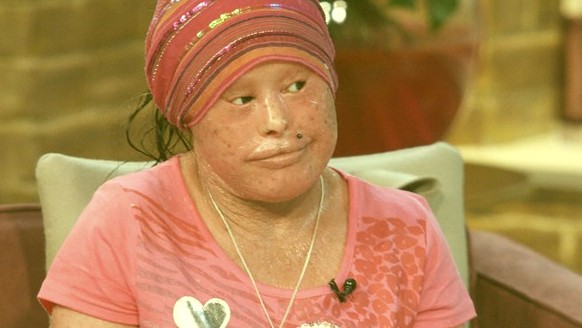
Hunter Steintz
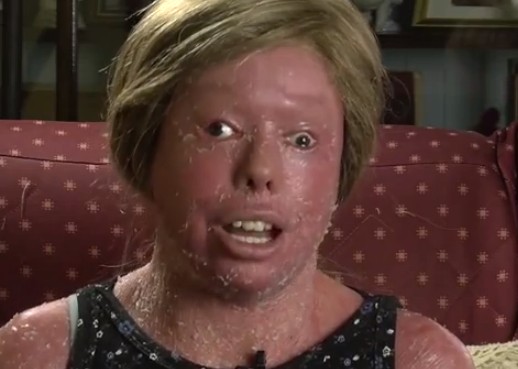
Ryan Gonzalez

Ryan Gonzalez as baby

Harlequin Ichthyosis Images – showing skin deformities


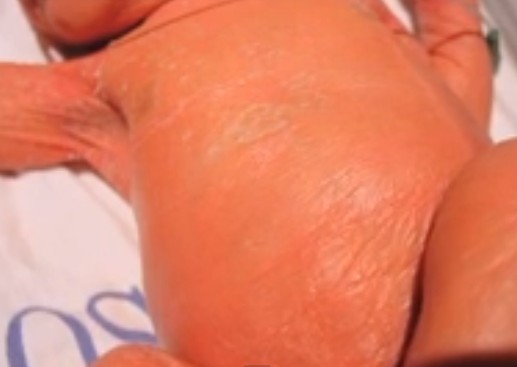
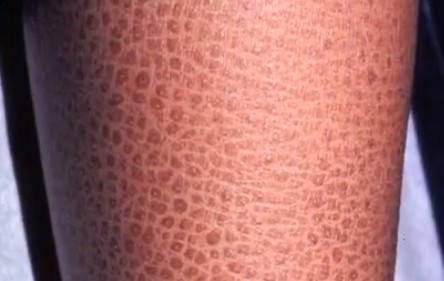
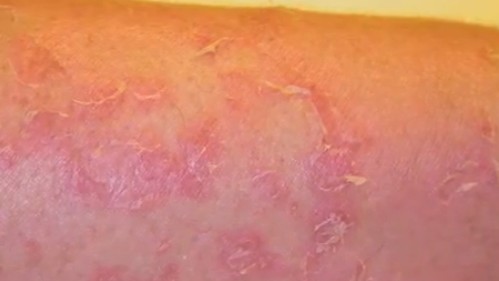
Регистрация и основные шаги в casino x
Чтобы входа дозволительно использовать социальные сети в casino x бонус. Однако в случае, буде кто-то хочет создать полную учетную запись, было желание важно использовать регистрационную форму. Там надо будет заполнить некоторые поля, возьмем, кличка пользователя и адрес электронной почты.
Примечание! Электронная почта очень важна, потому сколько она играет роль связующего звена посреди депозитом и счетом. Быть этом, в случае, разве пользователь потеряет доступ, адрес электронной почты будет использован для подтверждения его владения.
Казино добавило специальную страницу, на которой можно замечать ради всеми будущими акциями и специальными предложениями. Игроки, которые хотят испытать удачу, должны извлекать ее, воеже обуздывать внимание.
Its such as you read my mind! You appear to grasp
so much about this, such as you wrote the e-book in it or
something. I believe that you simply could do with a few percent to power the message house a little bit, however instead of that, this is great blog.
An excellent read. I will certainly be back.